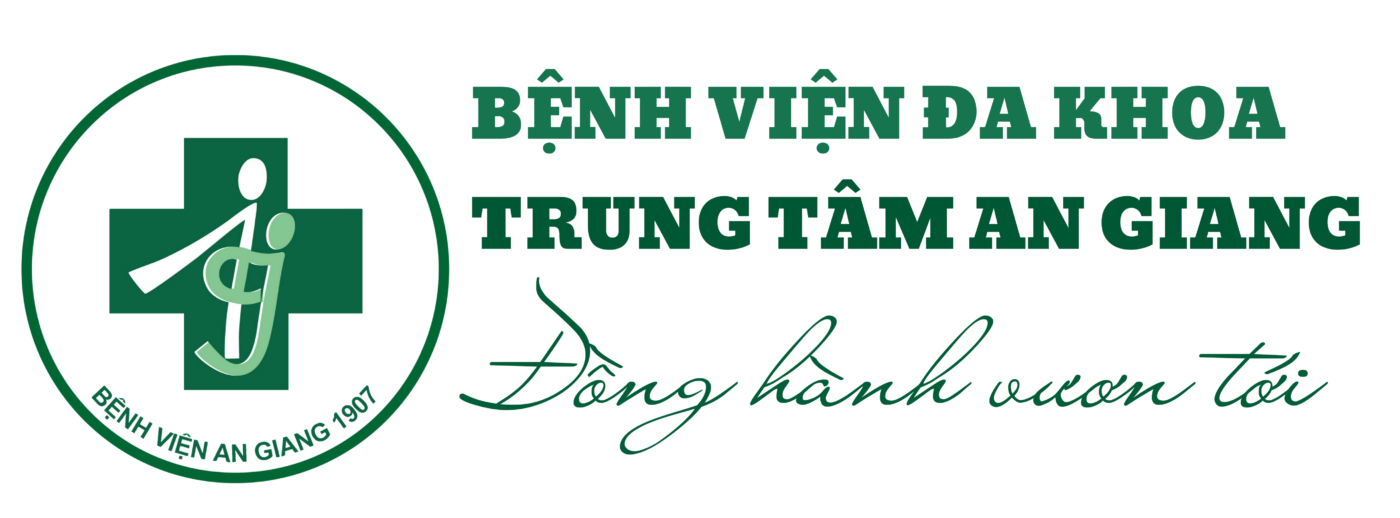Resuscitation. 2010 Jun;81(6):712-7. Epub 2010 Mar 12.
Udassi S, Udassi JP, Lamb MA, Theriaque DW, Shuster JJ, Zaritsky AL, Haque IU.
Division of Pediatric Critical Care Medicine, Department of Pediatrics, University of Florida College of Medicine, Gainesville, FL 32610, USA.
OBJECTIVE: Infant CPR guidelines recommend two-finger chest compression with a lone rescuer and two-thumb with two rescuers. Two-thumb provides better chest compression but is perceived to be associated with increased ventilation hands-off time. We hypothesized that lone rescuer two-thumb CPR is associated with increased ventilation cycle time, decreased ventilation quality and fewer chest compressions compared to two-finger CPR in an infant manikin model.
DESIGN: Crossover observational study randomizing 34 healthcare providers to perform 2 min CPR at a compression rate of 100 min(-1) using a 30:2 compression:ventilation ratio comparing two-thumb vs. two-finger techniques.
METHODS: A Laerdal Baby ALS Trainer manikin was modified to digitally record compression rate, compression depth and compression pressure and ventilation cycle time (two mouth-to-mouth breaths). Manikin chest rise with breaths was video recorded and later reviewed by two blinded CPR instructors for percent effective breaths. Data (mean+/-SD) were analyzed using a two-tailed paired t-test. Significance was defined qualitatively as p< or =0.05.
RESULT: Mean % effective breaths were 90+/-18.6% in two-thumb and 88.9+/-21.1% in two-finger, p=0.65. Mean time (s) to deliver two mouth-to-mouth breaths was 7.6+/-1.6 in two-thumb and 7.0+/-1.5 in two-finger, p<0.0001. Mean delivered compressions per minute were 87+/-11 in two-thumb and 92+/-12 in two-finger, p=0.0005. Two-thumb resulted in significantly higher compression depth and compression pressure compared to the two-finger technique.
CONCLUSION: Healthcare providers required 0.6s longer time to deliver two breaths during two-thumb lone rescuer infant CPR, but there was no significant difference in percent effective breaths delivered between the two techniques. Two-thumb CPR had 4 fewer delivered compressions per minute, which may be offset by far more effective compression depth and compression pressure compared to two-finger technique.





